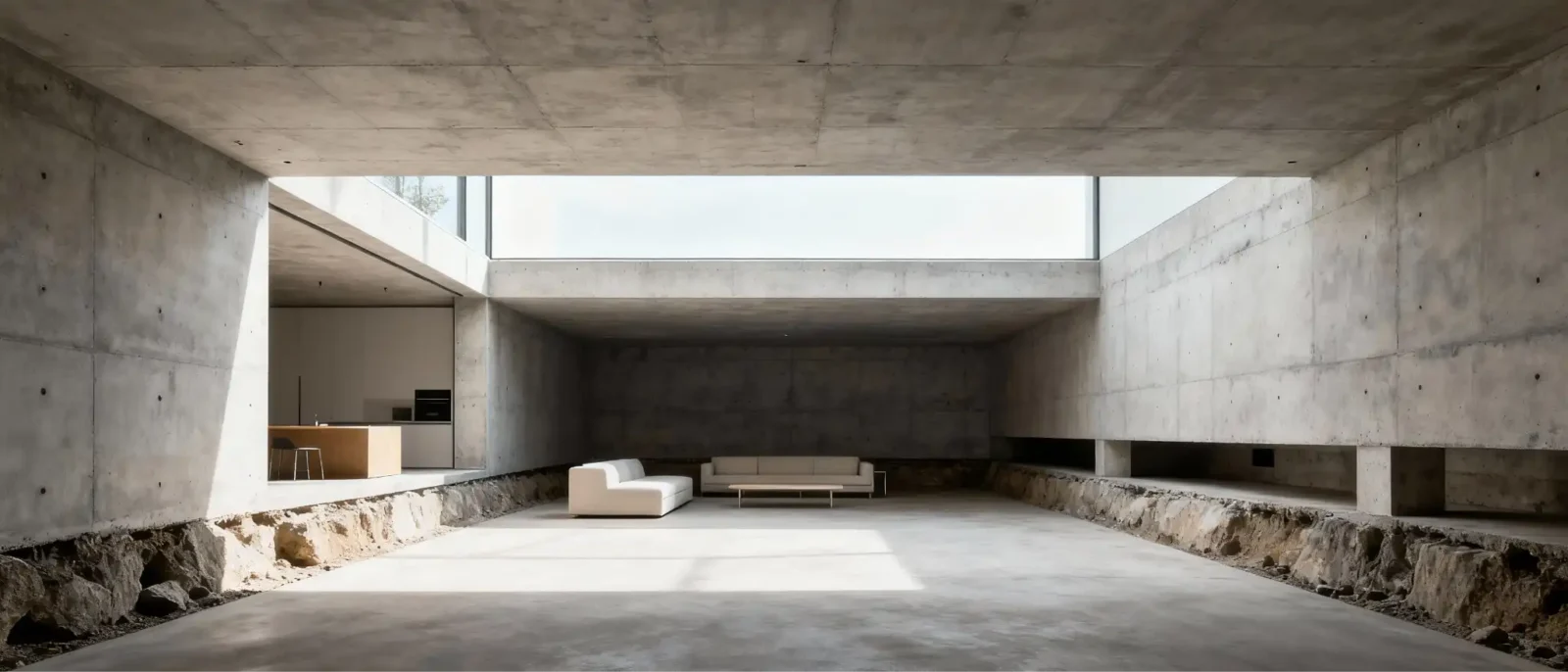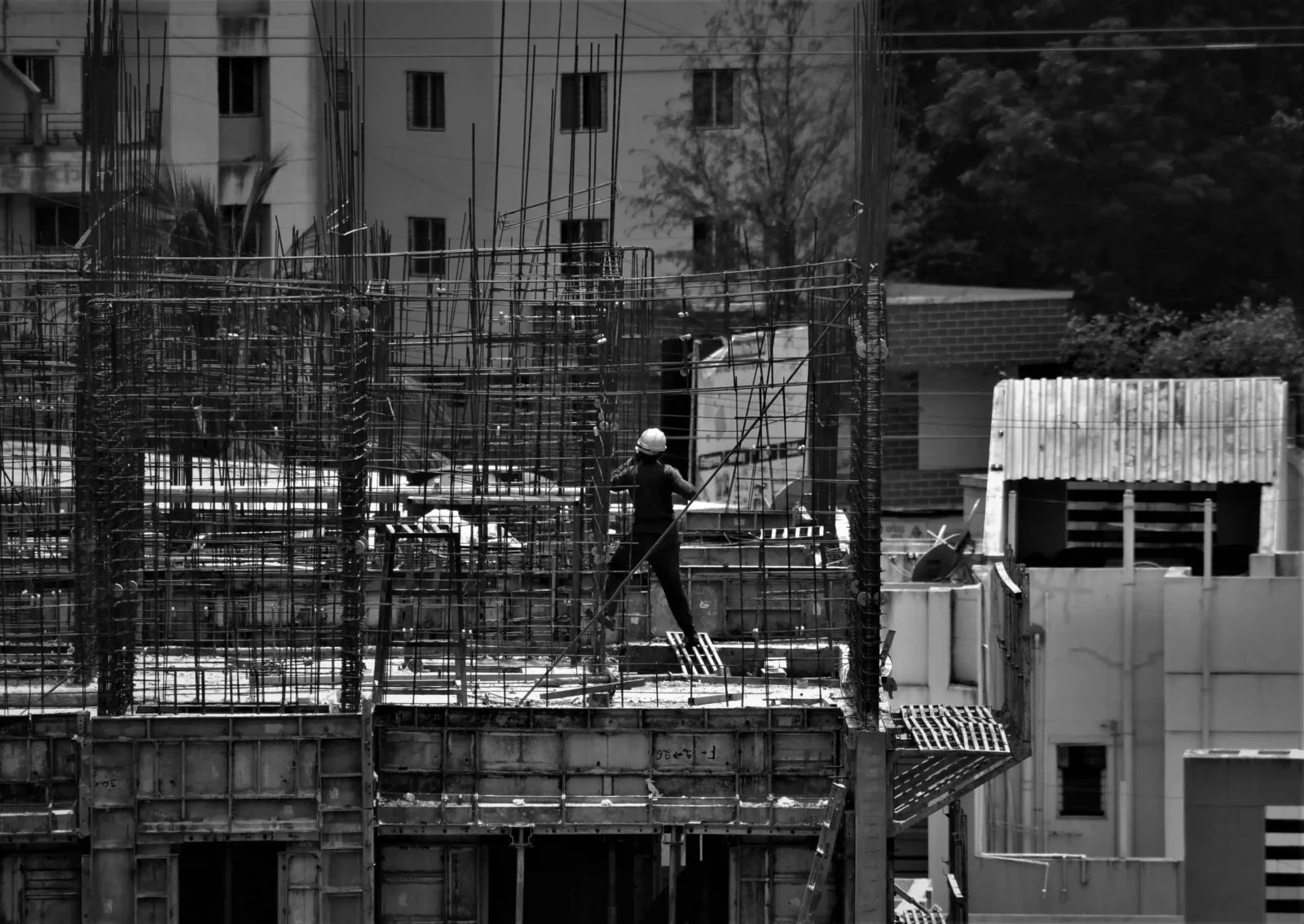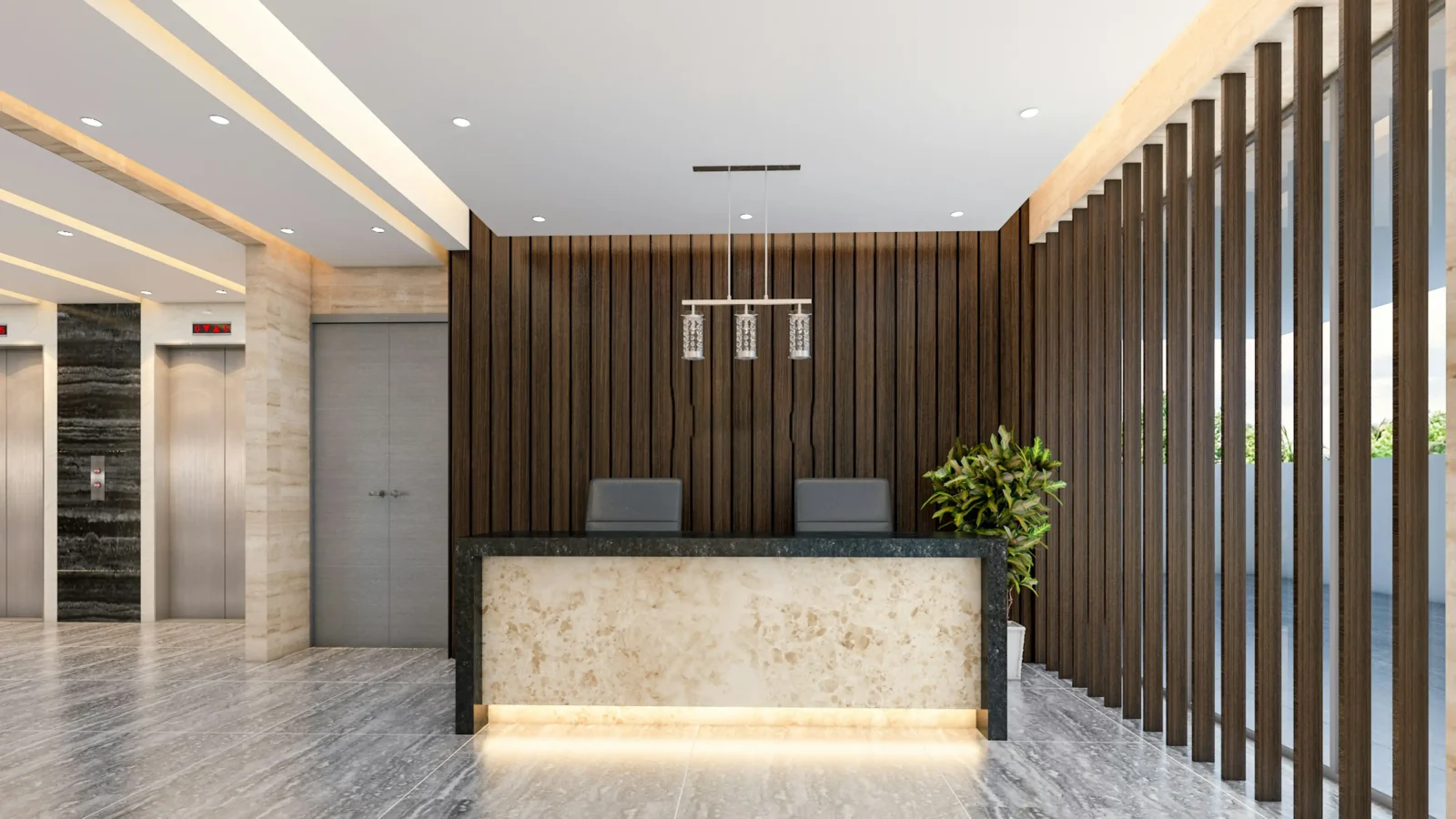- Home
- Articles
- Architectural Portfolio
- Architectral Presentation
- Inspirational Stories
- Architecture News
- Visualization
- BIM Industry
- Facade Design
- Parametric Design
- Career
- Landscape Architecture
- Construction
- Artificial Intelligence
- Sketching
- Design Softwares
- Diagrams
- Writing
- Architectural Tips
- Sustainability
- Courses
- Concept
- Technology
- History & Heritage
- Future of Architecture
- Guides & How-To
- Projects
- Interior Design
- Competitions
- Jobs
- Store
- Tools
- More
- Home
- Articles
- Architectural Portfolio
- Architectral Presentation
- Inspirational Stories
- Architecture News
- Visualization
- BIM Industry
- Facade Design
- Parametric Design
- Career
- Landscape Architecture
- Construction
- Artificial Intelligence
- Sketching
- Design Softwares
- Diagrams
- Writing
- Architectural Tips
- Sustainability
- Courses
- Concept
- Technology
- History & Heritage
- Future of Architecture
- Guides & How-To
- Projects
- Interior Design
- Competitions
- Jobs
- Store
- Tools
- More
Is Being an Architect Stressful? Exploring the Challenges and Rewards of the Profession
Discover the dual nature of being an architect in our latest article. We explore the enticing blend of creativity and technical skills alongside the significant stressors architects face, including tight deadlines and high client expectations.

Being an architect is often seen as a dream job, blending creativity with technical skill. But behind the glamour of designing stunning structures lies a reality that many don’t consider—stress. From tight deadlines to client demands and the pressure of ensuring safety and compliance, the architectural profession can be a high-stakes environment.
We’ve all heard the stories of late nights and endless revisions, but what’s the real impact on an architect’s mental health? In this article, we’ll explore the various stressors architects face and how they manage to balance their passion for design with the challenges of the profession. Join us as we dive deep into the world of architecture and uncover whether the stress is worth the reward.

Table of Contents
ToggleOverview of Architectural Profession
The architectural profession encompasses a unique blend of creativity and technical expertise. Architects design buildings, spaces, and environments that blend aesthetic appeal with functionality. They collaborate closely with clients to translate visions into tangible designs, ensuring alignment with specifications and regulatory requirements.

Architects face numerous stressors daily. Tight deadlines and project timelines are prevalent in our field. Clients often demand immediate results, leading to increased pressure on architects to deliver quality work within limited timeframes. The necessity to adhere to safety regulations, zoning laws, and building codes further raises the stakes, as any oversight can result in significant consequences.
We also engage in extensive problem-solving, often coordinating with various professionals, including engineers, contractors, and city planners. This collaborative aspect demands strong communication skills and the ability to manage conflicting viewpoints and priorities. Architects thus navigate complex interpersonal dynamics while maintaining their creative vision.
The architectural profession offers rewards despite these challenges. The satisfaction of transforming concepts into actual structures brings fulfillment. Architects witness the lasting impact of their work on communities and environments, which motivates our passion for design, even amidst stress. Engaging with innovative materials and technologies keeps the field dynamic and exciting, allowing us to push boundaries creatively while addressing societal needs.
Common Stressors in Architecture
Architects face a variety of stressors that impact their daily work environment and overall well-being. Here are some of the most common stressors we encounter in the architecture profession.

Tight Deadlines
Tight deadlines create constant pressure throughout the design and construction phases. We often navigate compressed schedules, which can lead to long hours and reduced work-life balance. For example, completion dates can shift unexpectedly due to client changes or project delays. Meeting these deadlines demands efficient time management, prioritization, and occasionally, the sacrifice of creative exploration.
Client Expectations
Client expectations present significant challenges. Clients often have high demands regarding quality, design aesthetics, and functionality. We must balance their visions with practical considerations, such as budget constraints and regulatory requirements. Regular communication becomes crucial to set realistic expectations and minimize misunderstandings, but discrepancies may still lead to stress.
Project Complexity
Project complexity adds another layer of difficulty. Each project involves integrating various elements, such as structural integrity, environmental impact, and zoning laws. Working with diverse teams, including engineers and contractors, requires effective collaboration and coordination. Challenges arise when stakeholders have conflicting priorities, making it vital for us to navigate these complexities while maintaining project momentum and ensuring compliance with all requisite guidelines.
Coping Mechanisms for Architects
Architects often face significant stress, but employing effective coping mechanisms can help mitigate its impact. We can enhance our resilience by integrating certain strategies into our daily routines.

Time Management Strategies
- Prioritize Tasks: We can simplify deadlines by categorizing tasks based on urgency and importance. This helps focus on high-priority projects first.
- Set Realistic Goals: We need to establish achievable goals for each day or week, reducing overwhelm and creating a sense of accomplishment when completed.
- Utilize Tools: We can leverage project management tools like Asana or Trello to organize tasks and monitor progress visually. These tools foster transparency across teams and streamline communication.
- Create Schedules: We should develop daily or weekly schedules, blocking time for specific tasks or design phases. This minimizes distractions and ensures we allocate sufficient time for each aspect of a project.
- Embrace Breaks: We recognize the importance of short breaks to recharge during long work periods. Engaging in brief activities can enhance focus and refresh our creativity.
Seeking Support
- Build a Network: We can foster relationships with fellow architects and professionals. Sharing experiences and strategies provides insights and reassurance in navigating challenges.
- Consult Mentors: We should seek guidance from experienced mentors who can offer advice and perspectives based on their own experiences. Their wisdom can illuminate paths through stressful circumstances.
- Participate in Groups: We can join professional associations or online communities tailored for architects. Engaging in discussions and events creates camaraderie and support systems.
- Consider Therapy: We may explore therapy or counseling for professional support. Speaking with trained professionals helps process stress and develop personalized coping strategies.
- Promote Team Support: We recognize the value of collaborative environments. Encouraging open dialogues with teams about stressors fosters collective problem-solving and emotional support.
Mental Health and Well-being in Architecture
Architects navigate various stressors that significantly impact mental health. Managing tight deadlines, client expectations, and regulatory requirements leads to heightened pressure. This environment can result in burnout, anxiety, and depression. We recognize that maintaining mental well-being is essential for performing optimally in our roles.

Architects often deal with demanding workloads, requiring efficiency and attention to detail. These conditions create a constant juggling act between creativity and the pragmatics of project management. The frequent need to coordinate with different stakeholders further complicates this, as we must balance conflicting priorities and resolve disputes effectively.
To counteract these stressors, we can adopt effective coping mechanisms. Techniques like mindfulness and regular exercise contribute to mental resilience. Setting boundaries between work and personal life helps maintain a healthier balance. Taking breaks throughout the day can enhance our productivity and creativity, allowing us to approach problems with a fresh perspective.
Building strong professional networks also supports our mental health. Engaging with mentors and peers creates opportunities for discussion and feedback, fostering a sense of community. Participating in professional groups or seeking therapy can provide additional resources for managing stress effectively.
Our well-being actively influences our creativity and productivity. Prioritizing mental health transforms not only our work but also our relationships and overall satisfaction with the profession. By addressing these challenges head-on, we create a sustainable environment for architectural excellence.
Conclusion
Being an architect encompasses a mix of creativity, technical challenges, and significant stressors. We acknowledge that the profession comes with high expectations and demanding timelines, which can contribute to stress and mental health concerns. Managing the balance between client demands and regulatory compliance becomes essential; understanding this interplay is crucial for navigating the architectural landscape.
We recognize the common stressors architects face, particularly tight deadlines, high client expectations, and complex projects. These elements create an environment that requires excellent communication and collaboration skills. Acknowledging these stress factors and their effects on mental health becomes imperative for maintaining a flourishing career.
Our discussion of coping mechanisms highlights effective strategies that architects can adopt. By implementing time management techniques, seeking professional support, and maintaining wellness practices, we can mitigate stress levels. The importance of these strategies cannot be overstated; they promote resilience and enhance overall job satisfaction.
Ultimately, while the stress involved in architecture can be considerable, the rewards—a rewarding career that shapes communities and pushes creative boundaries—can indeed justify it. With a focus on mental well-being and effective coping strategies, we can continue to thrive in our impactful roles.
- architect burnout prevention
- architect mental health
- architect work-life balance
- architectural problem-solving
- architecture career challenges
- architecture career satisfaction
- architecture deadlines and workload
- architecture job pressure
- architecture profession insights
- balancing creativity and deadlines
- challenges of being an architect
- coping with stress in architecture
- demanding aspects of architecture
- is being an architect stressful
- life as an architect
- managing stress as an architect
- pros and cons of being an architect
- rewards of being an architect
- stress in architecture profession
- work environment for architects
I create and manage digital content for architecture-focused platforms, specializing in blog writing, short-form video editing, visual content production, and social media coordination. With a strong background in project and team management, I bring structure and creativity to every stage of content production. My skills in marketing, visual design, and strategic planning enable me to deliver impactful, brand-aligned results.
Submit your architectural projects
Follow these steps for submission your project. Submission FormLatest Posts
The Vertical Revolution: How Basement Underpinning Creates Architectural Gold from Forgotten Spaces
Think about the last time you walked into a room with soaring...
Best Tools for Tracking Construction Labor Hours
Quick View of the Products Listed Best Overall: Workyard – Complete construction...
More Than a Gate: Designing a Secure and Stylish Home Entryway
A property’s entrance tells a story before a single guest steps inside....
Employer Liability and Smartphones: When Work Texts Cause Crashes
In today’s connected world, it’s nearly impossible to separate work from daily...












Leave a comment